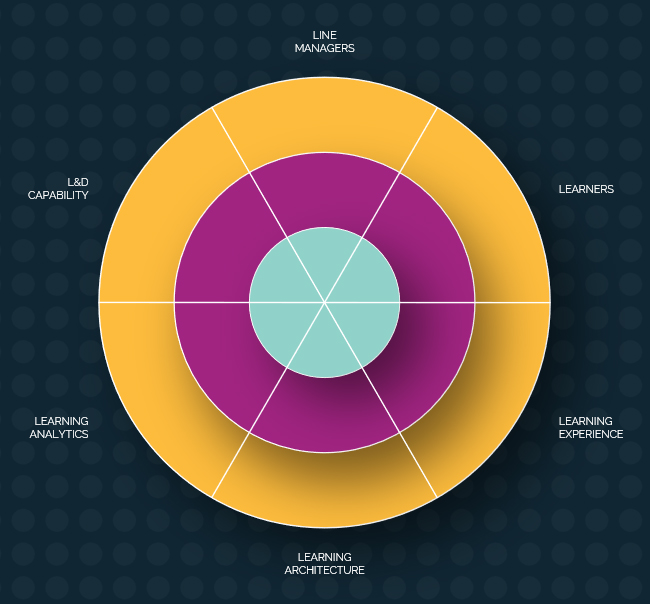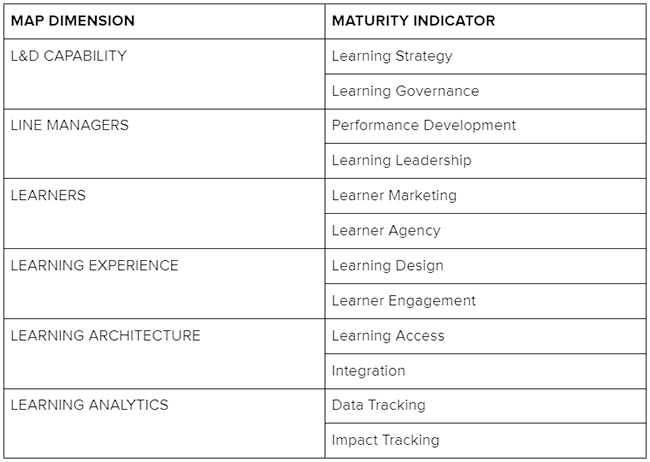The skills landscape has always seen a continual cycle of growth and change, peaks and troughs. What is different today is the speed of change and the nature of skills on-demand.
There is no silver bullet though, to build or reshape your skills landscape overnight. Cultivating your skills landscape means defining your own journey in the context of your own business, as each and every organization is unique. That journey will lead you to address a number of fundamental questions : how to review your operating model to support an integrated capability model for the company, how to infer skills needed for your functional and transversal capability frameworks, how to build for scalability and adaptability in a fast changing market, and, of course, how to design/deploy/measure the right learning solutions for skills acquisition?
Gartner reports 58% of the workforce will need to acquire and develop new skill sets to do their job successfully. But, upskilling your workforce isn’t just about mitigating the effects of unavoidable transition — it’s an opportunity to consolidate your organization’s position at the forefront of growth and innovation. Not merely just moving along with the times, but elevating modern business and anticipating social changes.
As one of the most prominent industry analysts said recently: ‘we can stop talking about Why skills are important and now focus on How.’
So how does a skills acquisition strategy lead to a high-performing business? And what are the business benefits of building in a continuum for capability development, underpinned by digital learning maturity?
A map for impact
New challenges require new maps. Our digital learning maturity map is articulated around 6 dimensions, and each of them covers 2 maturity indicators.
Each dimension relates to an area of the skills landscape. Each dimension is equally important, to cultivate your own skills landscape. Investing all your efforts into Learning Experience without developing Learning Architecture is going to dilute impact due to lack of personalization. Investing massively in Learning Architecture with no proper attention to learning marketing (one of the 2 indicators in the Learners dimension) will mean no one knows where to find you. Investing in your skills taxonomy as part of L&D Capability, but with no support of your Line Managers won’t pay-off, etc…

Based on our 20 years experience in digital learning and our partnerships with multiple clients in various geographies and industries, but also in the light of existing maturity models in our industry, we have described specific journeys along the 3 cycles of maturity, with detailed evidence of progress for each of the 12 maturity indicators (ie. ‘what good looks like’).
For more details about our ‘Map for Impact’ and its 3 cycles of maturity, watch this 30min webinar from our Senior Learning Strategist.
Here below the 6 dimensions and their maturity indicators :

Have you uncovered your digital learning maturity yet ?